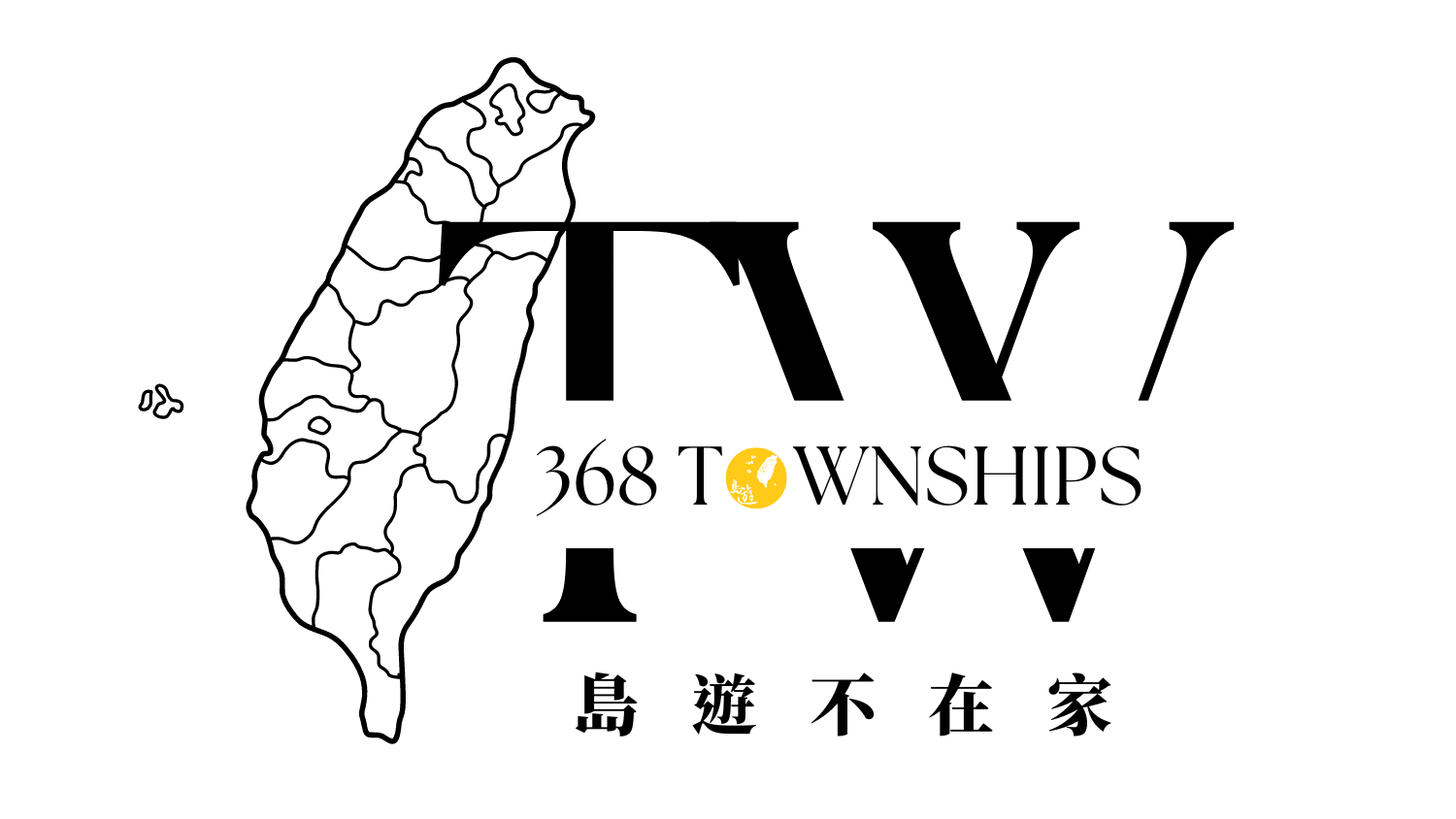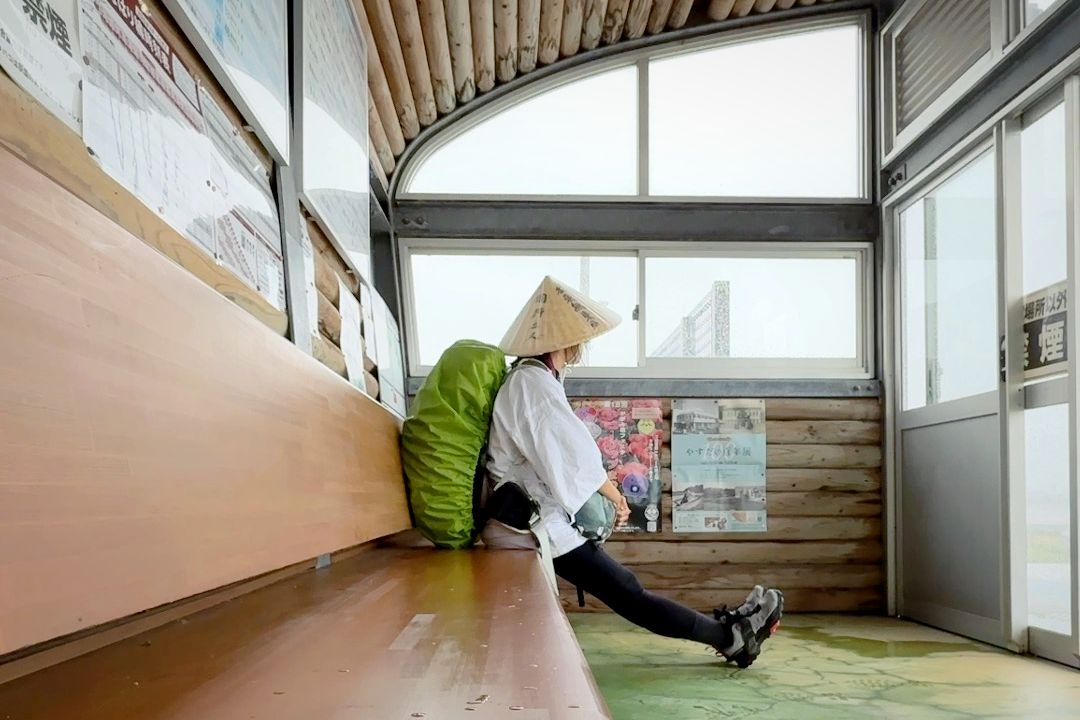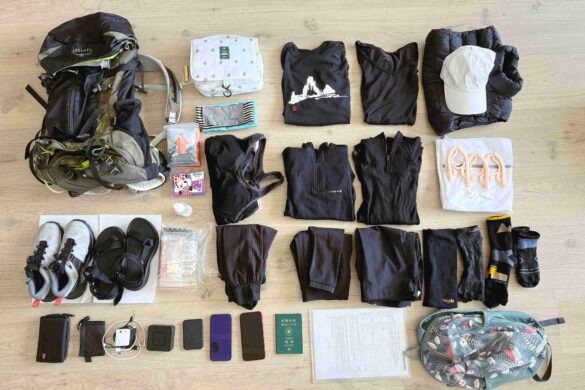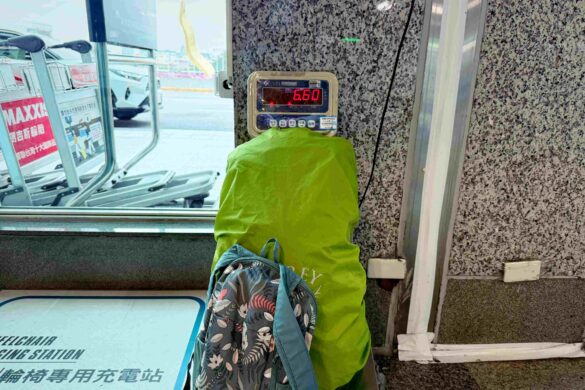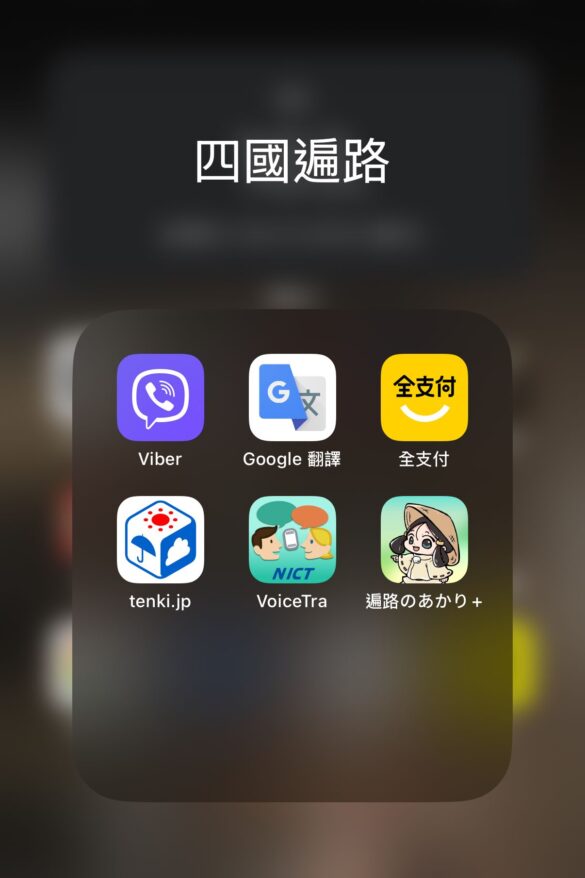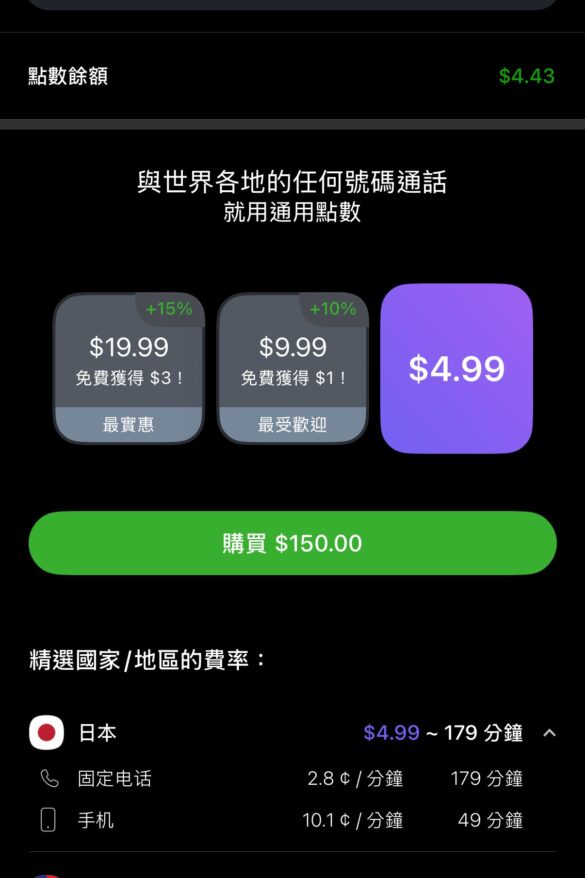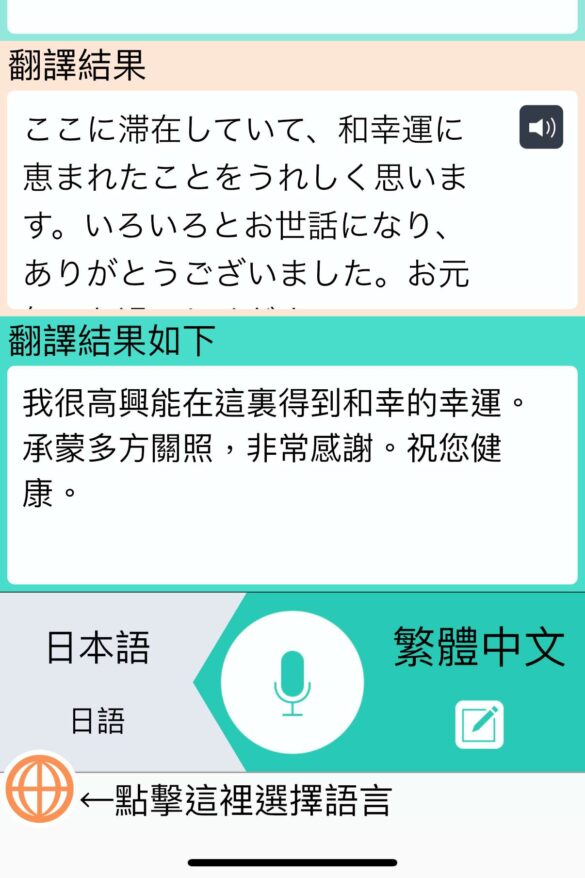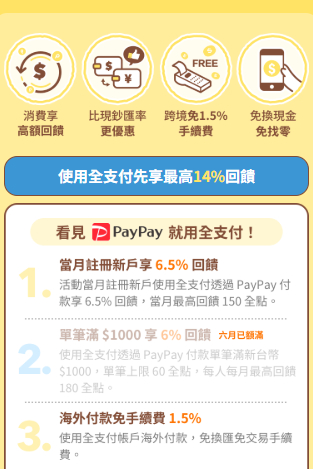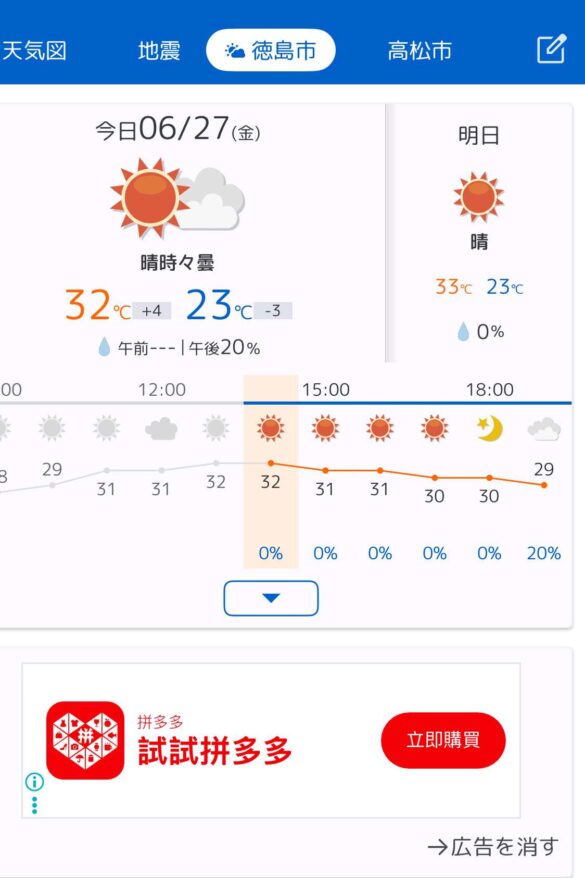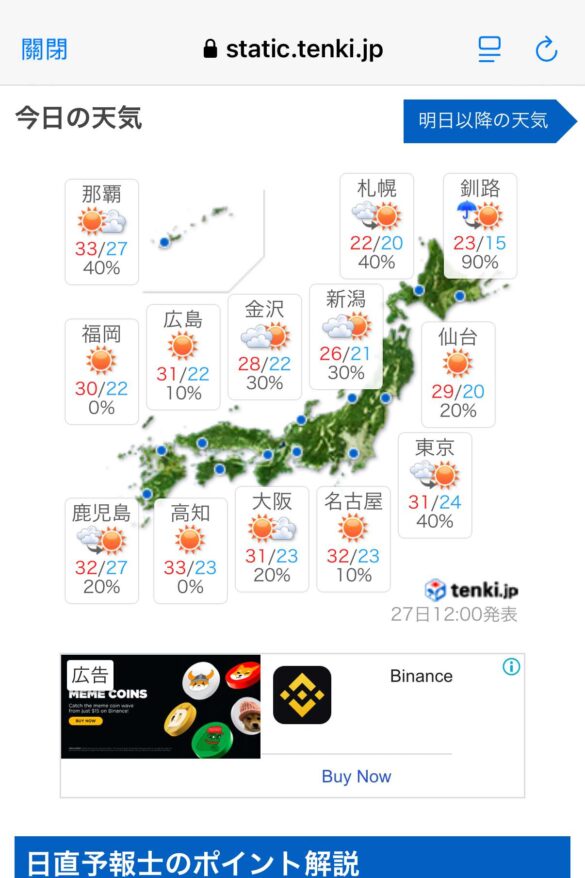最後更新/Last Updated:2025-07-05
From April to May this year, I completed the 1200-kilometer Shikoku Henro pilgrimage in 45 days. The journey was primarily done on foot, though I did spend two days touring by car with a friend. On days of heavy rain, I took buses, trains, or gratefully accepted rides from kind locals. Over these 45 days of traveling through mountains and along coastlines, I not only explored the landscapes of Shikoku but also embarked on a deep journey within myself. This pilgrimage, which offers clarity of mind and insight into the heart, is an experience I sincerely hope to share with fellow kindred spirits.
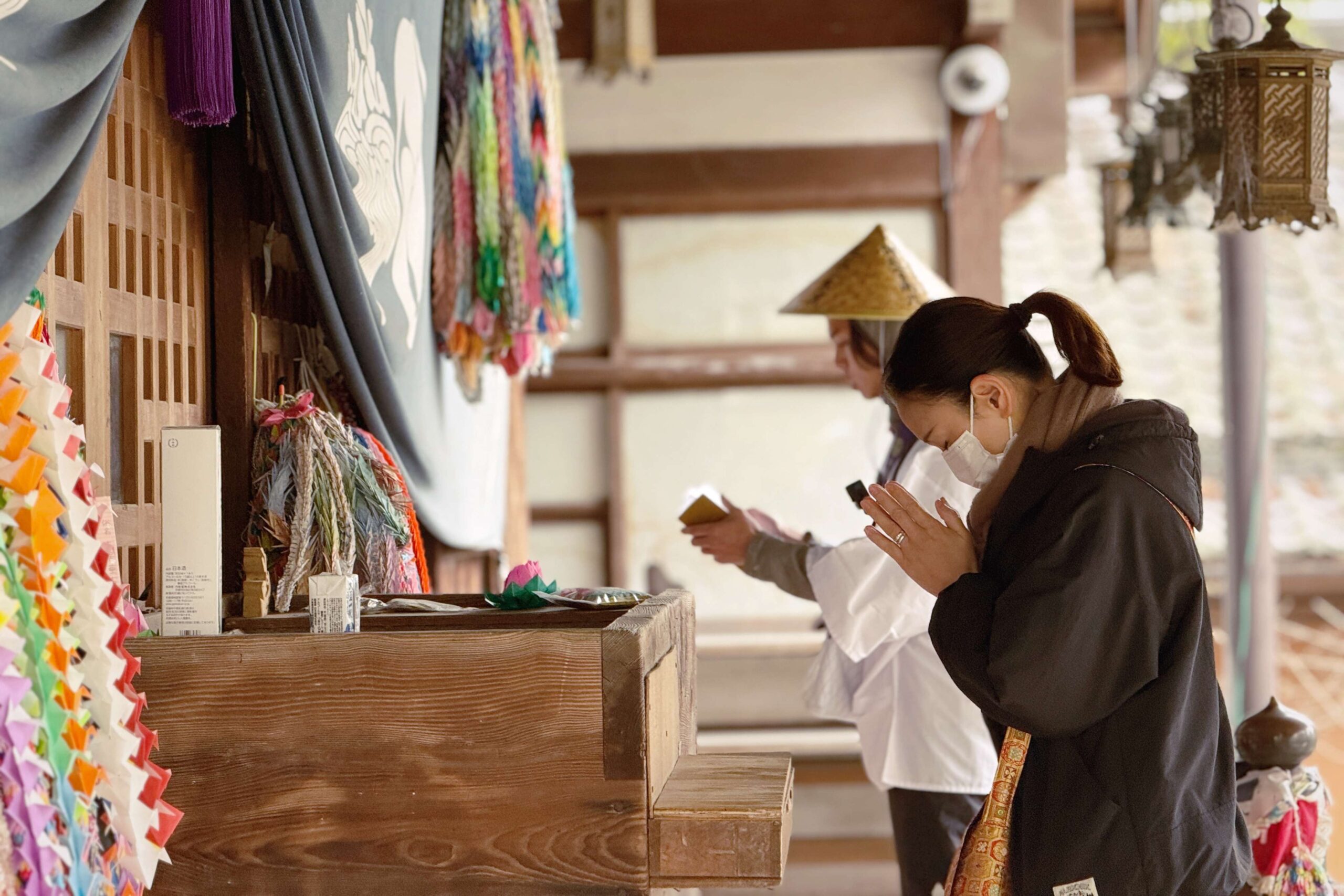
Contents
◦ What is the Shikoku Henro?
The Shikoku Henro is a pilgrimage route stretching approximately 1,200 kilometers, made up of 88 temples deeply connected to Kūkai, a revered monk from Japan’s Heian period. Over 1,200 years ago, Kūkai trained throughout Shikoku, and during his time there, he founded or restored many of these temples. The route is traditionally divided into four spiritual stages, each representing a different region of Shikoku and a phase of life: Tokushima is the Place of Awakening, Kōchi the Place of Discipline, Ehime the Place of Enlightenment, and Kagawa the Place of Nirvana.
Unlike the fast-paced rhythm of Japan’s major cities, Shikoku offers a warm, heartfelt atmosphere rich with culture and history—something that truly resonated with me. Whether you're seeking sincere spiritual prayer, love mountain trekking, or want to explore the depths of Japanese Buddhist culture, the Shikoku Henro offers both inspiration and renewed energy.
◦ Best Seasons for the Shikoku Pilgrimage
01|Spring (March to May)
Spring is widely regarded as the best season for walking. I personally began my journey in early April and finished in mid-May. In April, temperatures range from 6°C to 18°C—cool and dry enough to prevent excessive sweating, and you're often surrounded by beautiful cherry blossoms, making it ideal for long walks. By May, temperatures rise to around 20–25°C. A breathable T-shirt under the traditional white pilgrim vest (hakui) keeps things comfortable without getting too hot.
02|Autumn (October to November)
Cool temperatures and vibrant autumn foliage make autumn another ideal season for the pilgrimage. The weather is generally stable with less rainfall, which is perfect for covering long distances on foot.
03|Summer (June to August)
Summer brings higher temperatures and Japan’s rainy season. Mornings and evenings range between 18°C and 30°C, but the heat and humidity can be intense. Sun protection and rain gear are essential to cope with sudden weather changes and heat stress.
04|Winter (December to February)
Temperatures can drop below freezing in winter, especially in the mountains, where snow and ice are common. If you plan to walk during this season, be well-prepared for the cold and ideally have experience in snowy or icy conditions to minimize the risk of injury. Additionally, winter is the off-season, and some inns—particularly in remote mountain areas—may close temporarily, so careful planning is needed.
◦ Ways to Complete the Shikoku Pilgrimage
The Shikoku Henro can be done with great flexibility—you don’t need to walk the entire route all at once. You can tailor your pilgrimage to suit your schedule and budget. Here are the five most common approaches:
01|Continuous Pilgrimage
This means visiting all 88 temples in a single journey. It’s best suited for those with ample time and flexibility in both schedule and finances. While this method is the most traditional, it's actually less common; most pilgrims choose the segmented approach known as Kugiri-uchi.
02|Sectional Pilgrimage
The most popular method. Pilgrims divide the journey into regions—typically by prefecture: Tokushima, Kōchi, Ehime, and Kagawa—and complete each section over multiple trips. Public transportation makes it easy to plan starting and ending points for each segment.
03|Clockwise Pilgrimage
This involves visiting the temples in numerical order, moving clockwise around the island. This is the method I chose, and it’s especially beginner-friendly—many road signs along the pilgrimage route are designed for clockwise pilgrims.
04|Counterclockwise Pilgrimage
This means visiting the temples in reverse order, going counterclockwise. Because most signs are intended for clockwise pilgrims, those doing Gyaku-uchi are more likely to get lost. That said, with the help of modern tools like Google Maps, the challenge today is much more manageable.
05|Completion of the Pilgrimage
Completing all 88 temples is called Kechigan. Regardless of temple order, the final temple visited becomes your personal Kechigan Temple. Most pilgrims start at Temple 1 (Ryōzenji) and finish at Temple 88 (Ōkuboji), where they receive the official Kechigan certificate.
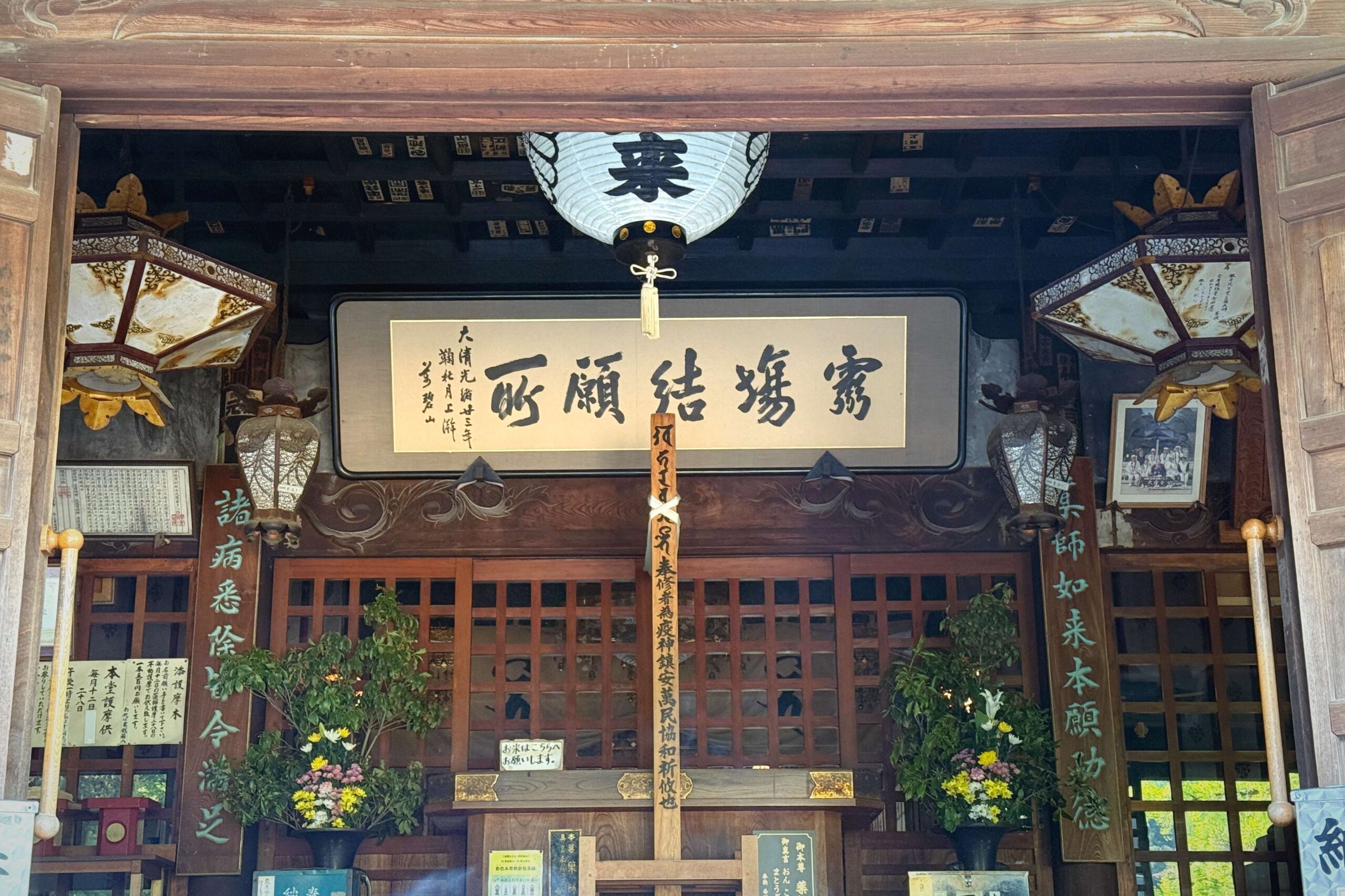
◦ Choosing Your Pilgrimage Style
There are many ways to experience the Shikoku Henro, but the most traditional and common is by foot. With modern transportation options, however, pilgrims today often choose among three main methods:
01|Walking
Walking the entire pilgrimage is considered a form of spiritual discipline—a physical and mental endurance journey that requires careful planning, budgeting, and stamina. The full route is around 1,200 kilometers. On flat terrain, most walkers cover 25–30 km per day. In the mountains, however, progress slows considerably. For example, one of the most challenging segments—Temple 12, Shōsanji—is a 12.9 km mountain path that can take 6–8 hours to complete. Most people who walk the entire route (tōshi-uchi) take about 42–44 days. Since I walk slowly and don’t have a background in hiking or sports, I gave myself 46 days and averaged 25–30 km per day. In the end, I finished a day early and returned to Temple 1, Ryōzenji.
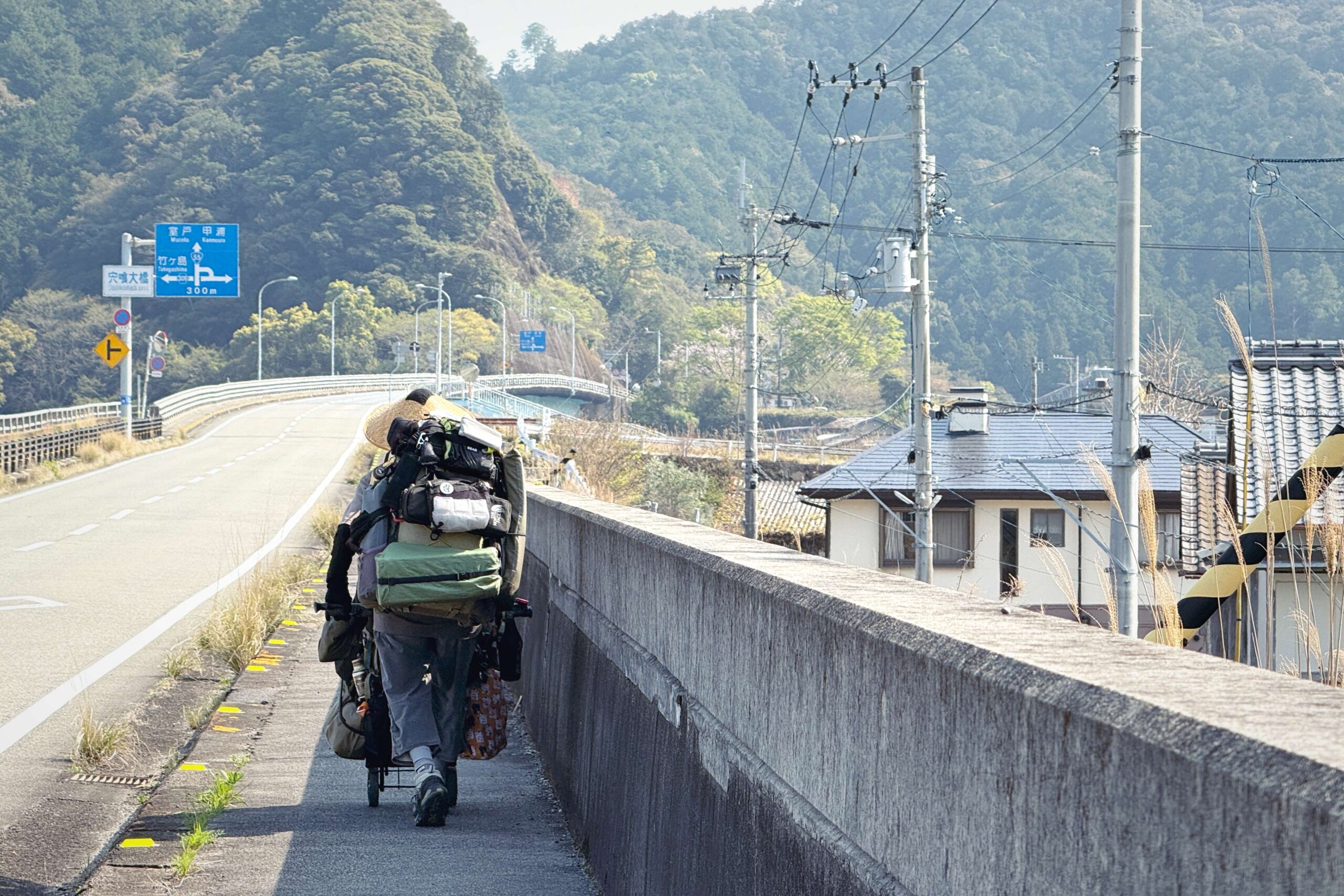
02|Public Transportation
Two key differences in Shikoku compared to Japan’s major cities:
1. Most rural areas don’t accept standard IC cards (like Suica or Pasmo).
2. Many stations are unmanned. When boarding a bus or train, you’ll usually take a numbered ticket (seiriken). Match that number to the fare chart at the front of the vehicle to see your fare. If you're unsure, just hand the ticket to the driver when getting off—they’re typically very kind and will help you calculate the correct fare.
Google Maps is also a reliable way to check routes and fares—after a few uses, I found it consistently accurate.
03|Car
Renting a car to visit temples is another popular approach. During my pilgrimage, a friend joined me for part of the journey, and we rented a car for two days. Those days honestly felt like heaven! 😆
If you go by car, you can typically complete visits to all 88 temples in about 10 days.
。Pilgrimage Supplies
There’s no strict dress code for walking the Shikoku Pilgrimage—you’re free to wear whatever feels most comfortable. However, dressing in traditional pilgrim clothing signals your identity as a henro (pilgrim), which often results in warmer welcomes, greater understanding, and helpful support from locals. For me, donning the white robe and wagesa (short stole) also served as a personal reminder of the sacredness of the journey. Here are some common pilgrimage items—all of which can be purchased at Temple 1, Ryōzenji:
01|Byakue (White Robe)
This white robe symbolizes purity. Historically, it resembled burial clothing. In earlier times, pilgrims faced much greater dangers, and wearing white signified readiness for whatever might come—including the possibility of not returning home.
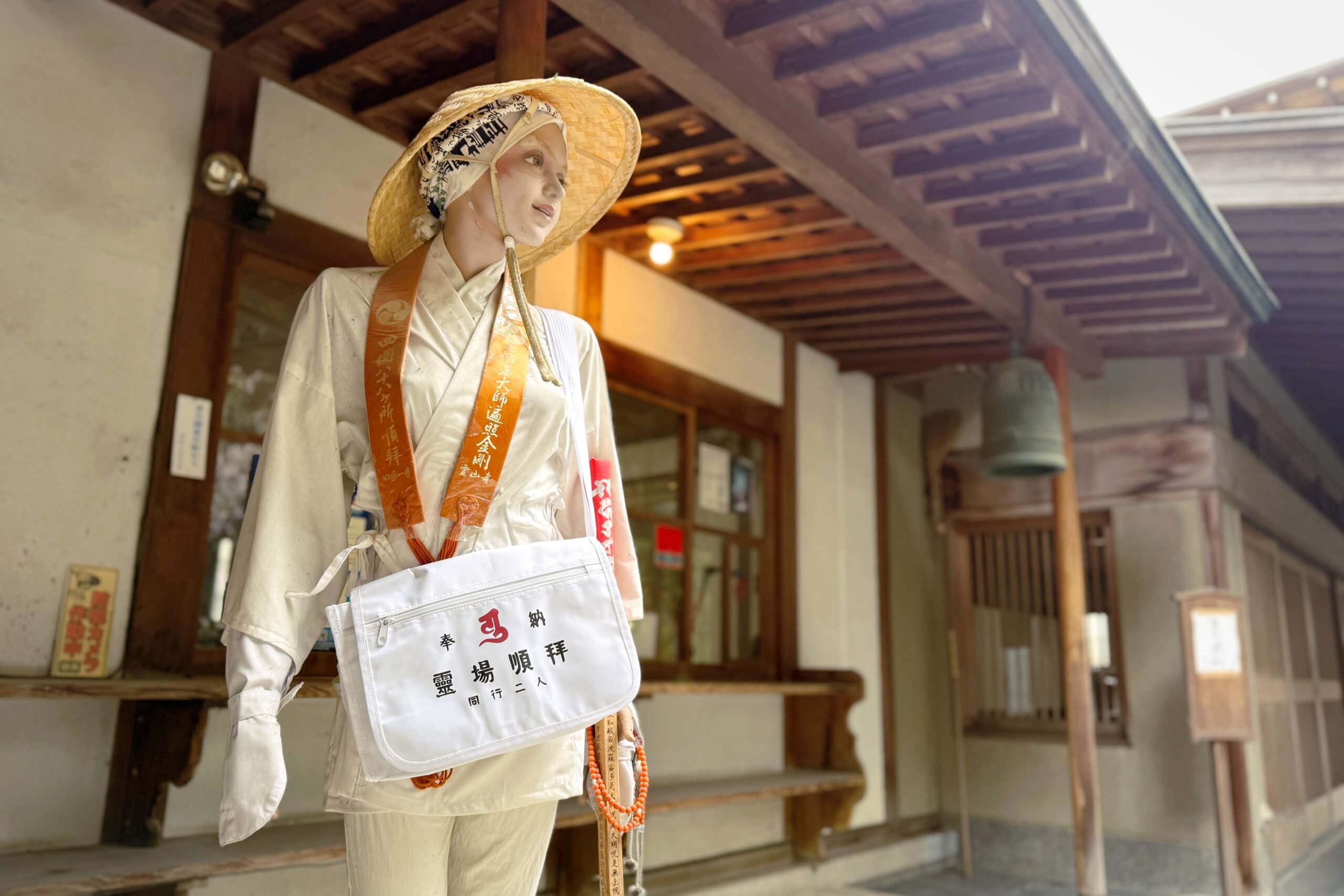
02|Wagesa (Pilgrim Stole)
This half-stole is part of the formal pilgrimage outfit. When you purchase one, temple staff usually remind you to remove it when eating or using the restroom as a sign of respect.
03|Sugegasa (Woven Hat)
A loyal companion for sun and rain protection. I wore mine through a downpour—everything was soaked except my head, a testament to its effectiveness!
That said, it’s not very wind-resistant, so be sure to tie the strings securely, or it might fly away.
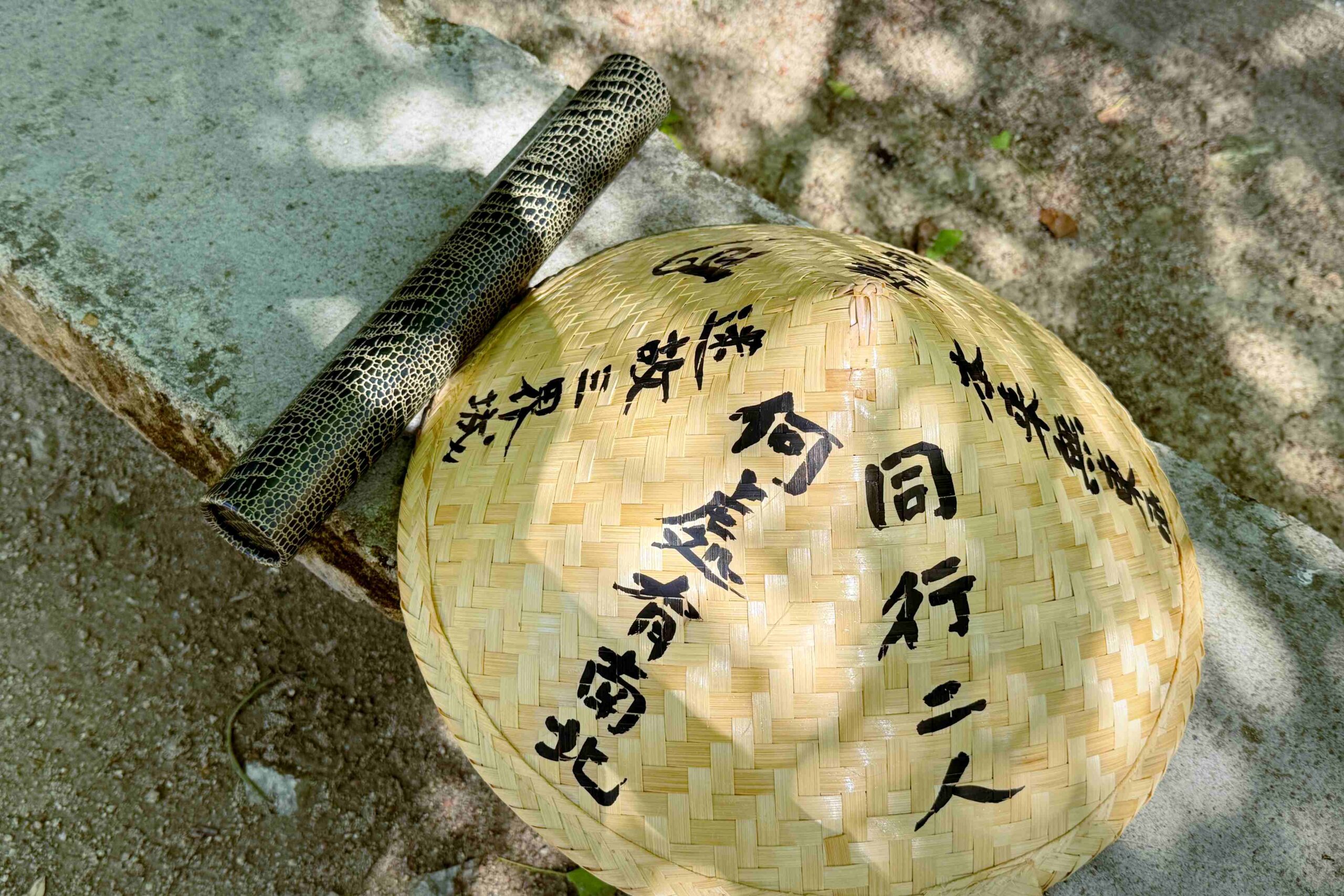
04|Nōkyō-chō (Stamp Book)
After visiting each temple’s Main Hall and Daishi Hall, you can receive a calligraphy and red seal stamp at the nōkyōsho (stamp office). These stamps serve as proof of your visit. When applying for the Kechigan Certificate, temple staff will check your completed nōkyō-chō.
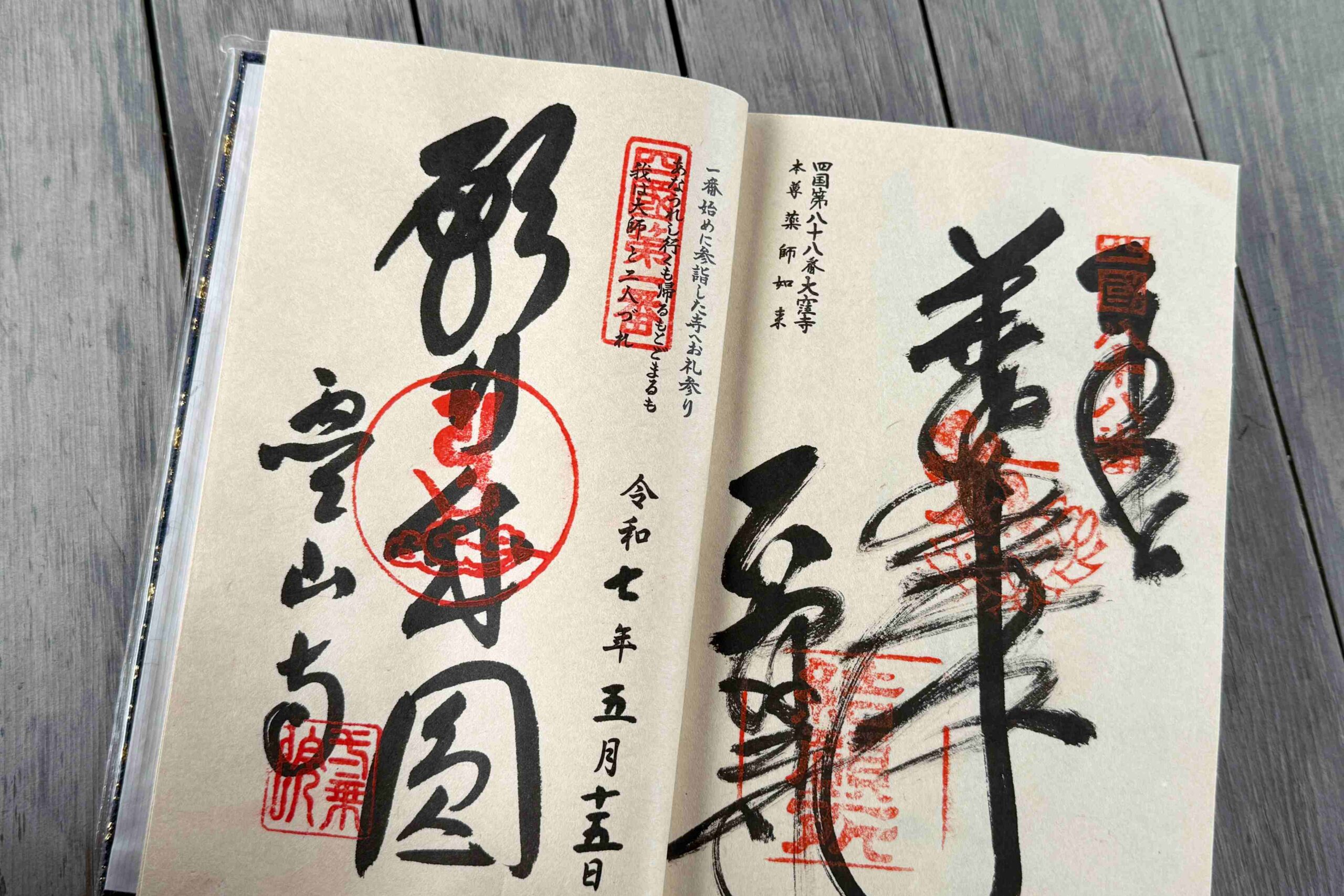
05|Kongō-zue (Pilgrim Staff)
Most pilgrims carry this staff, though some opt for lightweight trekking poles instead. Personally, I tend to lose things (I’ve already lost several umbrellas 😅), so I didn’t carry a staff—on tough trails, I just picked up a stick.
06|Osamefuda (Name Slips)
These are like spiritual business cards and serve three purposes:
1. Offering to temples – Write your name, address, age, wish, and pilgrimage date, then place it in boxes at each temple’s Main and Daishi Halls to let the deities and Kōbō Daishi know you’ve arrived.
2. Exchanging with other pilgrims – A gesture of mutual blessing and connection.
3. Gifting to kind locals – Many guesthouses proudly display pilgrims’ osamefuda as tokens of gratitude.
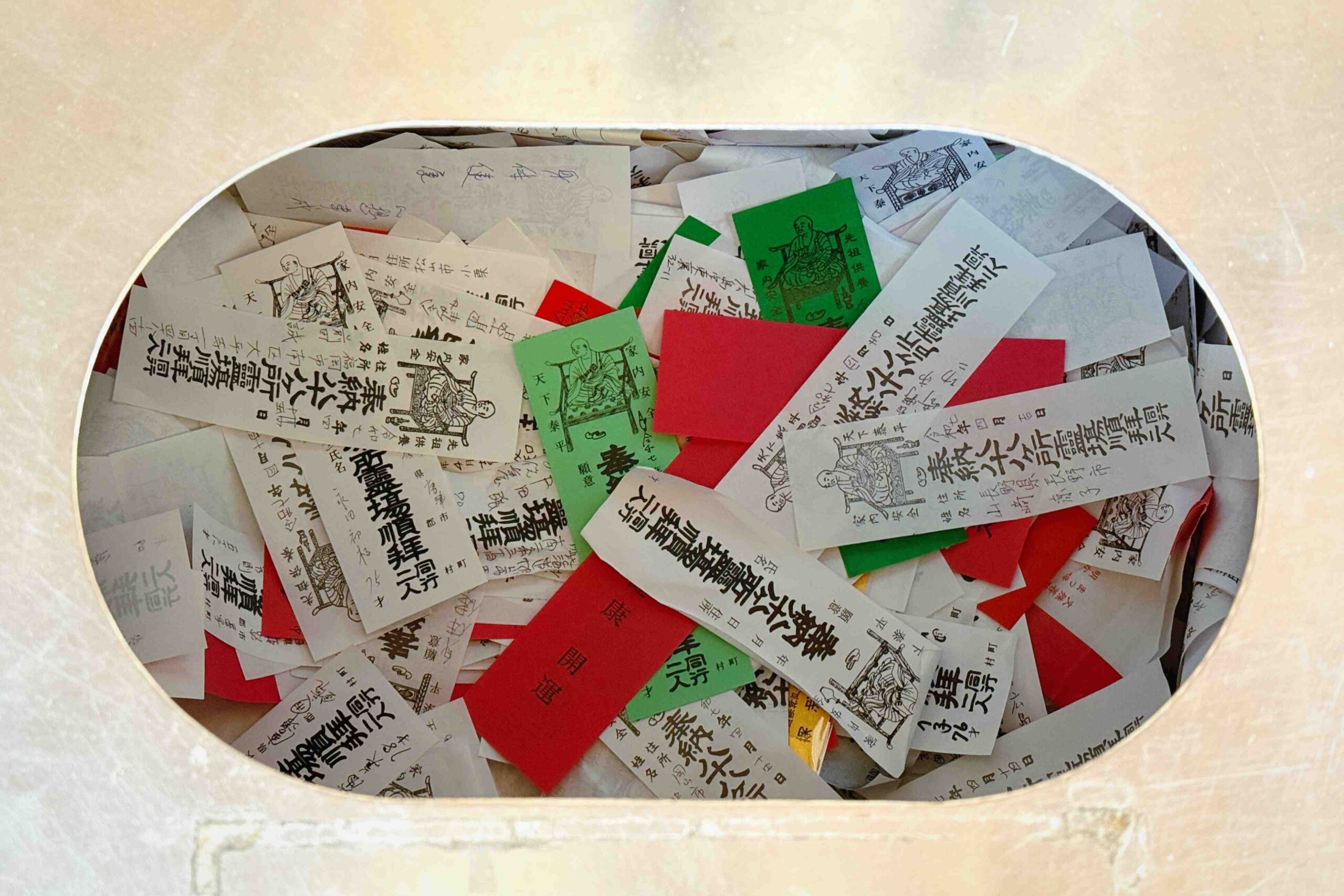
◦ Accommodation Options and Arrangements
01|Minshuku (Traditional Guesthouses)
Since the 88 temples are scattered across rural areas, mountains, coastal capes, and city centers, choosing accommodation as a pilgrim follows the same golden rule as real estate investment: Location, location, location! In the countryside, you won’t find chain hotels or major inns, so being able to stay near the temple where you finish your pilgrimage for the day—or near the one you plan to visit the next morning—is truly fortunate.
Another key consideration is whether the minshuku offers one night, two meals (dinner and breakfast). This is important because facilities along the pilgrimage route are often sparse. Many minshuku take great pride in their cooking—I’ve often been served restaurant-quality meals, which makes the stay feel all the more satisfying and delightful.
At most minshuku, guests are expected to follow the host’s set schedule for meals and bathing. Check-in generally starts after 3 PM. Pilgrims usually arrive around 3 or 4 PM and wait in their rooms for the host’s notice that the bath is available (as most places have only one shared bathing area). After bathing, dinner is typically served at 6:00 or 6:30 PM.
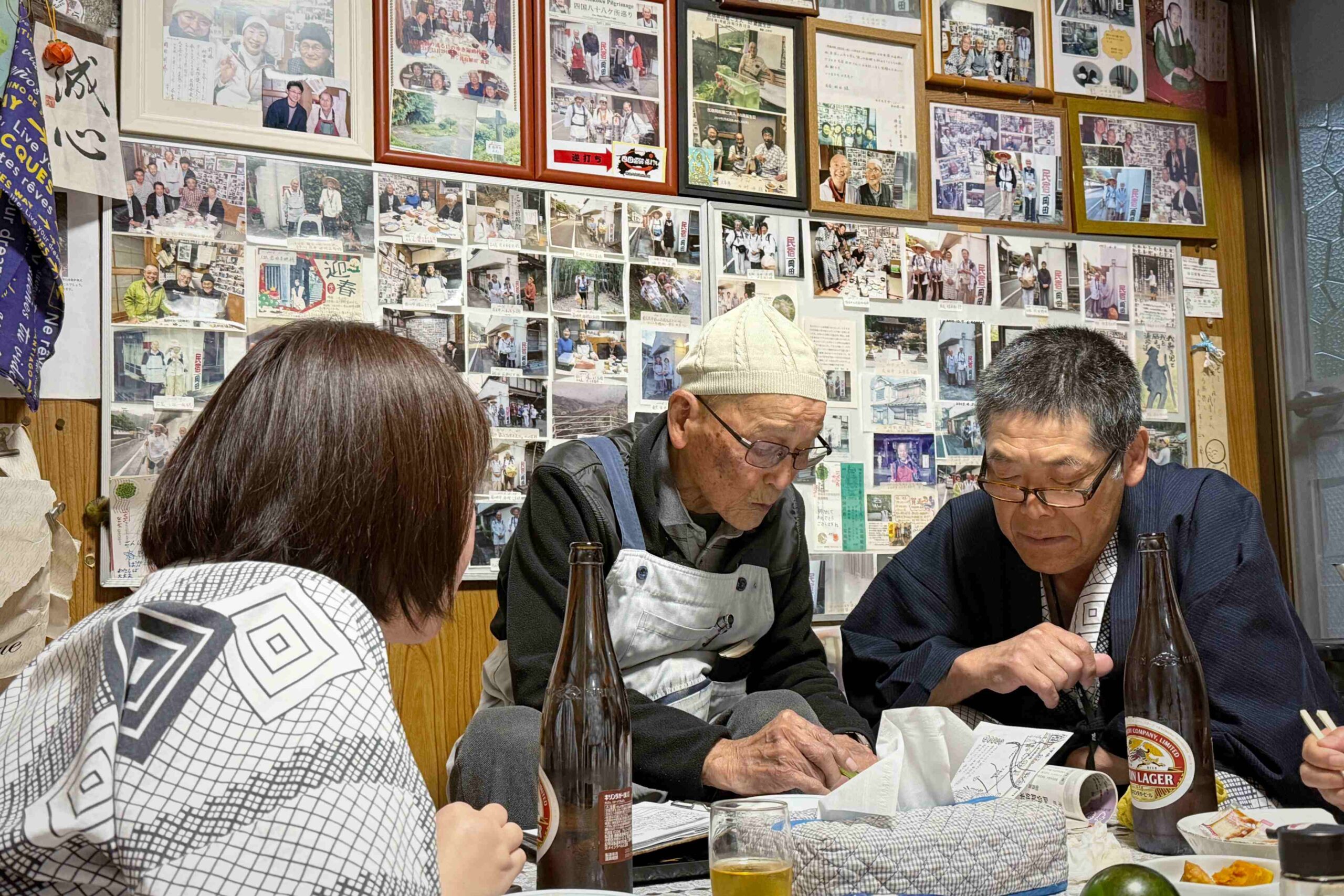
As more people embark on pilgrimages, many minshuku have updated their payment systems. While cash was once the only option, many now gradually accept PayPay, the most widely used mobile payment method in Japan. Among the mobile payment options from Taiwan that support PayPay, I’ve found PXP Pay (全支付) to be the most stable. I highly recommend that pilgrims heading to Shikoku download and activate Taiwan Pay in advance—it will automatically switch to PayPay once you're in Japan, making transactions super convenient!
PXP Pay referral code: 0UGJE1FE
After registering as a member, use PXP Pay to make your first purchase (any amount, any platform) and receive 50 bonus points!
02|Hotels and Hostels
Once you're back in urban areas, you'll have a wider range of accommodation choices. I usually prefer hotels for their greater flexibility. In Shikoku, I particularly recommend:
1. Hotel AZ – Known for its wide variety of breakfast options.
2. Hostel JAQ – Excellent value for money with a simple breakfast included.
3. Super Hotel Shikoku Chuo – I was amazed by the completeness of their amenities—truly exceeded my expectations!
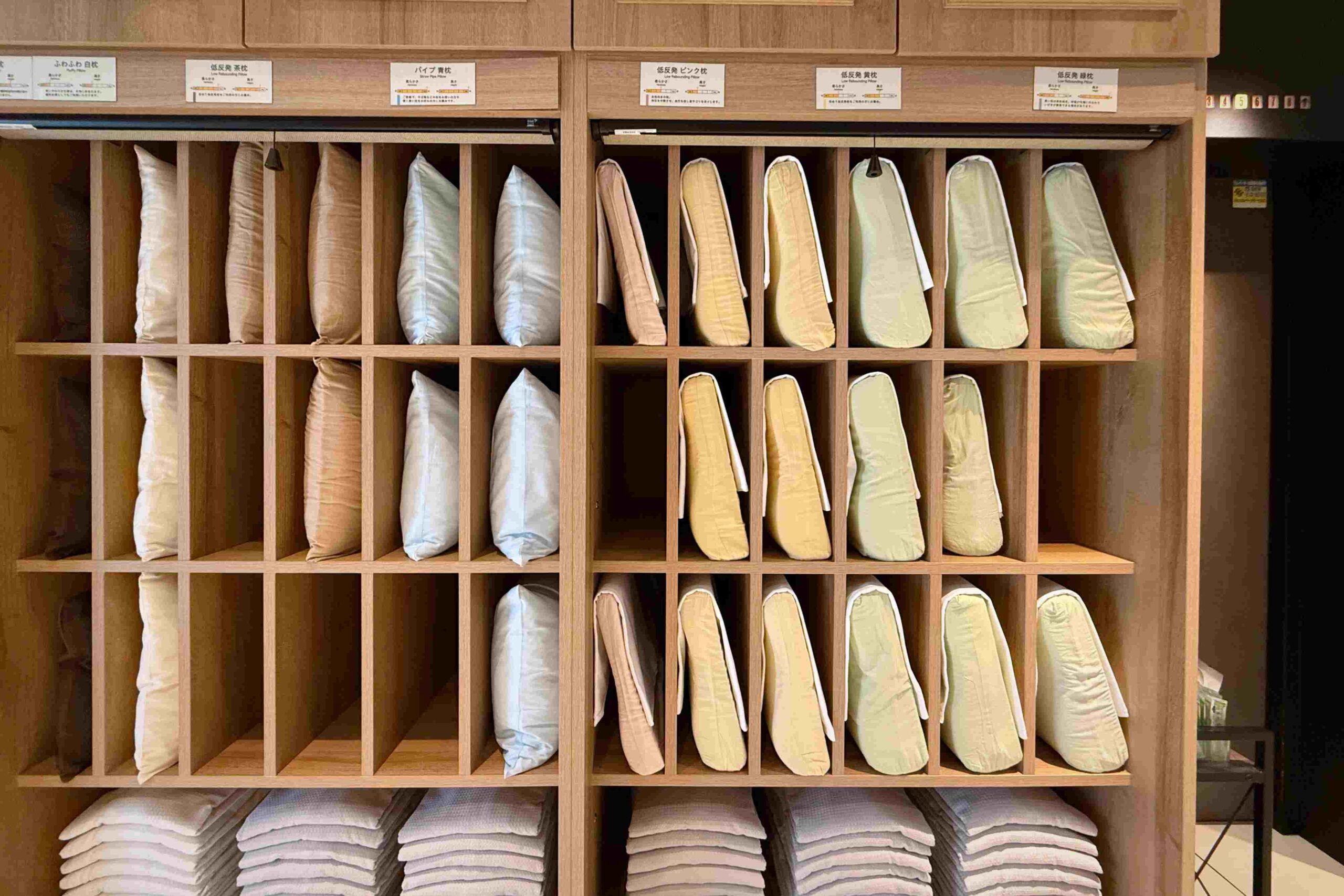
03|Shukubō (Temple Lodging)
Shukubō are temple-run lodgings, similar to religious guesthouses in Taiwan. Of the 88 temples, only a dozen or so open their doors to the general public. This time, I stayed at the shukubō of Temple No. 7, Juraku-ji. The Komyo Hall there felt like a high-end hotel. The dinner was luxurious, and I could enjoy the serene beauty of Juraku-ji at night. That said, if I had to choose, I’d recommend the shukubō at Temple No. 6, Anraku-ji even more. In addition to a hot spring, guests can also attend the evening service, making for a truly unique and memorable experience.
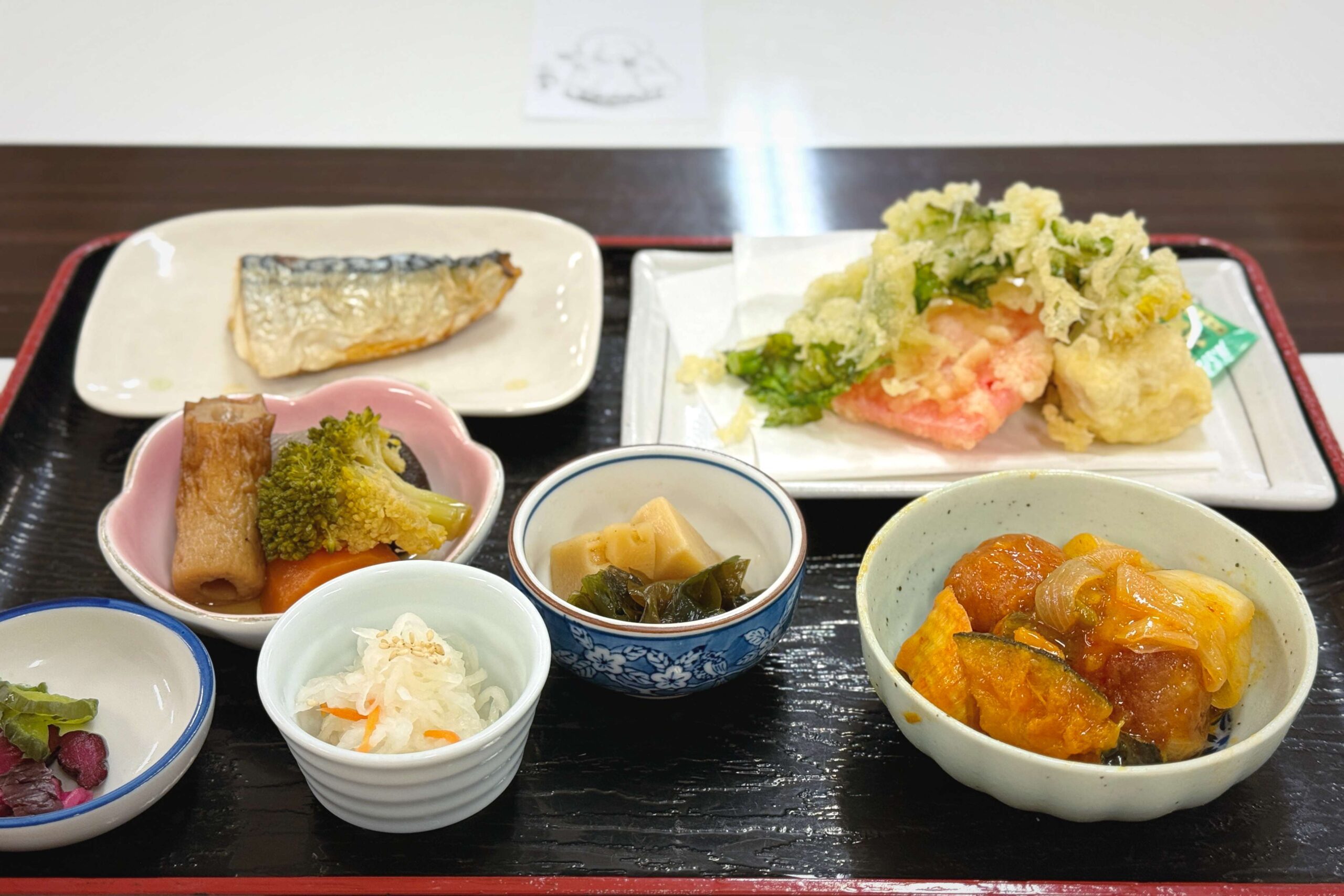
I’ll be posting a detailed article on all my accommodations during this trip—feel free to check it out if you’re interested!
◦ Estimated Costs for the Shikoku Pilgrimage
To start, I’d like to share the total cost of my 45-day Shikoku pilgrimage. Excluding expenses from my post-pilgrimage travels to other cities in Japan, the pilgrimage itself cost me under NT$130,000. Since everyone’s journey varies in length and style, I’ve broken down the costs into one-time expenses and daily expenses:
01|One-Time Expenses: NT$ 29,400
These are fixed costs that are required regardless of how many days you walk—things like flights, insurance, eSIM, pilgrimage gear, and stamp fees.
- Round-trip airfare from Taoyuan International Airport (TPE) to Takamatsu Airport (TAK): Approx. NT$14,000
- Travel and accident insurance: Approx. NT$2,000. Since medical costs in Japan are high and there’s always a risk of injury on such a long journey, insurance is a must and definitely worth the money.
- eSIM: I used Saily’s eSIM, which had great signal even in the mountains. Since I spent most of the day walking and only uploaded videos or data when connected to Wi-Fi at night, I bought 30 GB for 45 days. Total cost: USD 42.98 (approx. NT$1,250)—great value!
Saily promo code: YUARTH2857
Use the code at checkout for USD 5 off your first purchase.
- Pilgrimage gear: I bought a white vest (byakue), stole (wagesa), sedge hat (sugegasa), and stamp book (nokyocho), totaling about JPY 12,000 (approx. NT$2,450).
- Stamp fees (nokyo): Each temple charges JPY 500 for its red ink stamp. I collected 89 stamps (including the final completion stamp back at Temple No. 1), and also applied for the certificate of completion. Total: JPY 48,000 (approx. NT$9,700).
Total one-time expenses: NT$29,400
02|Daily Expenses: NT$ 97,900
These include food, lodging, transport, laundry, and miscellaneous spending.
- Food: Because shops and restaurants are scarce along the pilgrimage route, I often stayed at minshuku offering one night, two meals or at least breakfast. On the road, I’d eat at convenience stores, ramen or soba shops, or grab set meals. In cities, I’d treat myself to something nicer. Average daily food cost: NT$600 × 45 days = NT$27,000
我的選擇通常是路上的便利商店、拉麵店、蕎麥麵店或定食,回到市區會吃好一點打打牙祭,平均下來,每天花在吃的部分大概是新臺幣 600 元, 45 天下來約為新臺幣 27,000 元。 - Accommodation: Minshuku with two meals typically cost JPY 6,500–8,500 per night. In the cities, I’d often opt for room only plans (no meals) so I could explore local restaurants. Total for 45 nights: approx. NT$62,800
- Transportation: Most days were spent walking. Occasionally, I took buses or trains. I rented a car with a friend for two days, and once had to take a taxi due to heavy rain in the mountains. Total: approx. NT$4,500
- Laundry: To travel light, I packed based on a "wear one, carry one" system. As someone a bit fussy about cleanliness, washing clothes after a full day of sweating was essential. Some minshuku offered free laundry, but most charged JPY 100–200 per load. Total laundry cost: approx. NT$1,600
Most of my clothes were merino wool or quick-dry fabrics, so I rarely used dryers. If needed, budget an extra JPY 200 per load for drying. - Miscellaneous: Mainly medicines, skincare, and souvenirs. Total: approx. NT$2,000
Total daily expenses: NT$ 97,900
Grand Total for 45 Days: Under NT$130,000
I never went hungry, nor did I feel like I was skimping. Though I was physically exhausted each day, I was always able to rest well. If you're on a tighter budget, I recommend exploring alternatives for accommodation. Search for keywords like “wild camping” or “zenkon-yado” (charity lodgings offered by kind locals). Many experienced pilgrims who enjoy camping or cooking their own meals use these methods to save even more.
◦ How to Withdraw Japanese Yen in Cash
Since most minshuku (guesthouses), countryside restaurants, and shops along the Shikoku Pilgrimage only accept cash, it's not practical—or safe—to carry so many cash with you at all times. Instead, I withdrew enough cash each week to cover accommodation and basic living expenses. After comparing several banks, I chose Rakuten International Bank, and here’s why:
- Easy Account Setup: Opening an account with Rakuten International Bank is simple and convenient. You just need your national ID, NHI card or driver's license, and an account with another bank for verification. Once approved, you’ll receive your ATM card within 6 business days.
- 10 Free ATM Withdrawals per Month: This was the biggest perk for me! You can withdraw cash up to 10 times per month with no handling fee—as long as you're using an ATM in Japan that displays the Cirrus logo. In practical terms, any 7-Eleven ATM qualifies. 7-Eleven stores are fairly common in Shikoku, and their ATMs support Traditional Chinese. Be sure to select the JPY (Japanese Yen) currency option for the most favorable exchange rate. Thanks to the fee-free withdrawals, I saved quite a bit over the course of my trip.
Rakuten International Bank Referral Code: GC5XF5
Open an account and make your first purchase to receive a NT$500 new member bonus!
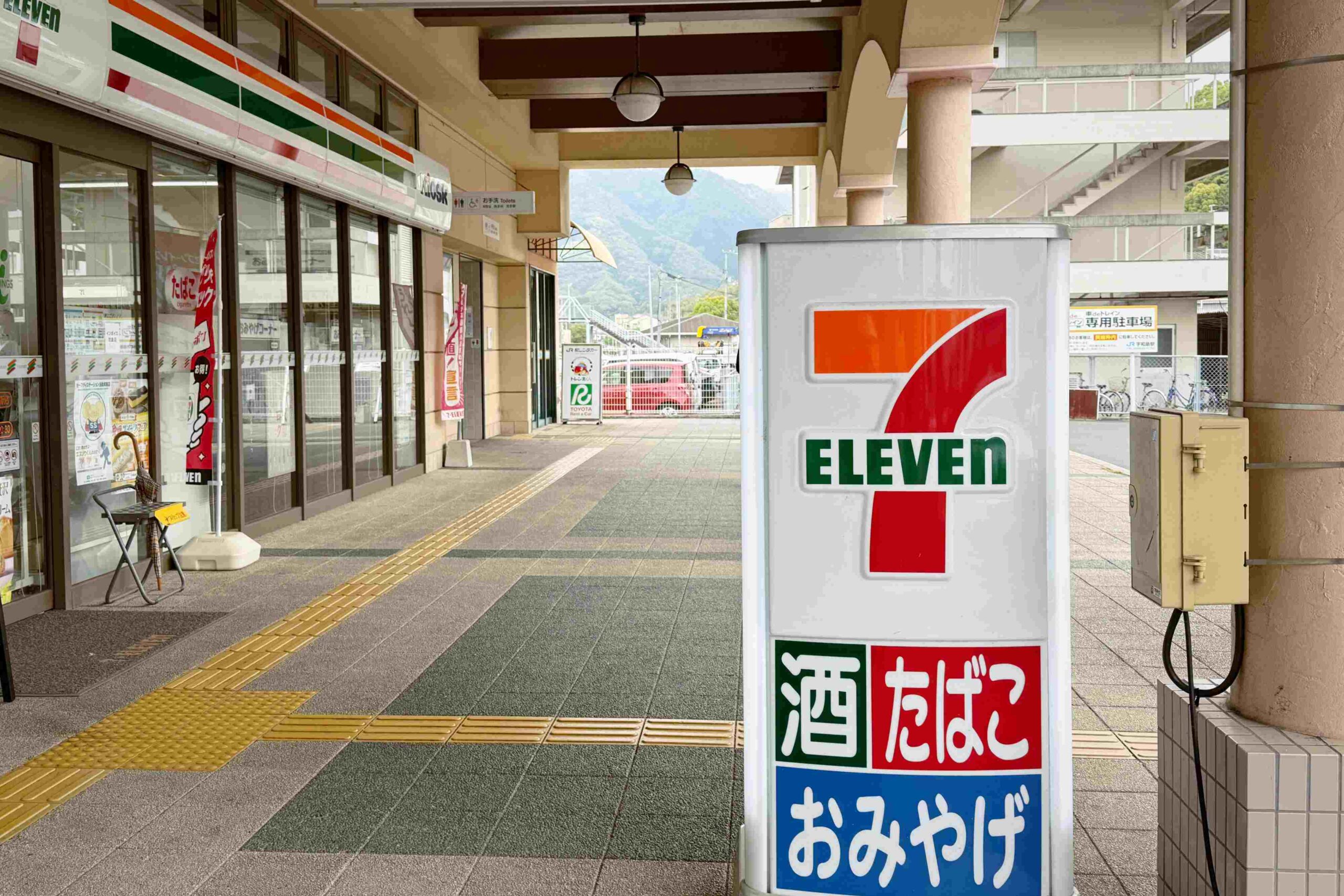
◦ Pilgrimage Gear & Packing Tips
For long-distance pilgrims walking the Shikoku route, every extra gram matters. Many experienced pilgrims recommend keeping your backpack weight under 1/10 of your body weight, ideally under 7 kg. Since I weigh around 47 kg, staying under that 1/10 rule was unrealistic—but I did manage to keep my pack under 7 kg. When I left the airport, my backpack weighed 6.6 kg, which proved manageable over the course of 45 days, even for a petite woman. Here are the three key principles I followed when choosing gear and packing.
These tips are especially useful if you're starting your pilgrimage in spring or autumn:
01|Go Lightweight
I walked during April and May, when temperatures ranged from 6°C to 25°C, so I needed clothing for both chilly mornings and warm afternoons. I packed just one set of clothes to wear and one spare set to carry: one long-sleeved top, one short-sleeved top, a functional mid-layer, and a lightweight outer jacket. With this system, I was never too cold or too hot. Fewer clothes + daily laundry = significantly less weight.
02|Odor-Resistant & Quick-Dry
Shikoku’s spring and autumn weather comes with big temperature swings between day and night. Clothes need to regulate body temperature well, wick away sweat, dry quickly, and ideally resist odor (yes, even if you're mostly walking solo, you’ll still be greeting inn owners and fellow pilgrims!). Merino wool and anti-microbial fabrics designed for hiking were my go-to choices. I’ll write a separate post introducing these “trusted allies” in more detail soon.
03|Leverage Technology
Some veteran pilgrims carry the famous “Little Yellow Book,” a printed guide full of detailed maps, elevation charts, and temple info. But I followed the less-is-more principle and opted not to bring it. In practice, Google Maps was more than sufficient for navigation. And in cases of getting lost or needing help, translation apps worked wonders—just ask a friendly local and you'll usually find a solution right away.
◦ Useful Apps for the Shikoku Pilgrimage
01|Viber – For Calling Japanese Landlines
After Skype discontinued its service, I started looking for a reliable app to make international landline calls for booking accommodations and contacting locals. Viber, developed by Rakuten and available in over 190 countries, impressed me with both its call quality and pricing. I used the USD $4.99 plan, which gave me 179 minutes of calls to Japanese landlines—more than enough! Since many inns on the pilgrimage route don’t accept online reservations and only take bookings by phone, Viber is an essential tool.
02|VoiceTra – Real-Time Voice Translation
VoiceTra was actually recommended by a local innkeeper! You simply set the input and output languages, press the mic button, and it provides two-way spoken translation. It was developed by Japan’s National Institute of Information and Communications Technology (NICT), so the phrases are natural and culturally appropriate—not awkward like some Google Translate results.
03|Google Translate – Great for Menus
My Japanese skills are limited to recognizing basic kanji, so most menus were hard to decipher. Google Translate’s camera feature was a lifesaver for reading menus and signs. Just point, scan, and eat with confidence!
04|PXP Pay – Seamless Cashless Payments
In rural Shikoku, most shops and inns are cash-only—but PXP Pay is a game-changer. Once set up, it automatically converts to Japan’s most widely accepted digital payment system, PayPay. It avoids the usual 1.5% foreign transaction fees and often offers better rates than cash exchange. I used it frequently at convenience stores, and many inns have started accepting it too. You’ll also get an email receipt immediately after each transaction—very reassuring!
PXP Pay referral code: 0UGJE1FE
Register and make your first purchase (any amount, any store), and you’ll get 50 AllPoints (worth NT$50)!
05|tenki.jp – Hyper-Accurate Weather Forecasts
For pilgrims on foot, knowing the weather hour by hour can make a huge difference. Tenki.jp is one of Japan’s most trusted weather apps, offering detailed forecasts including exact hours of expected rain or sunshine. It helped me plan daily routes and avoid surprise downpours.
。Conclusion
This journey along the Shikoku Pilgrimage gave me the rare chance to spend long stretches of time alone with myself—bringing both reflection and inspiration. I sincerely hope more people can personally experience the depth and meaning of this sacred trail. If you're curious or planning to walk it yourself, I hope this article offers even a small bit of help. If you’re interested in the scenery along the route or what the temples look like, feel free to visit my YouTube channel. In the Shorts section, I’ve documented every temple—precious memories I’ll keep revisiting again and again.
